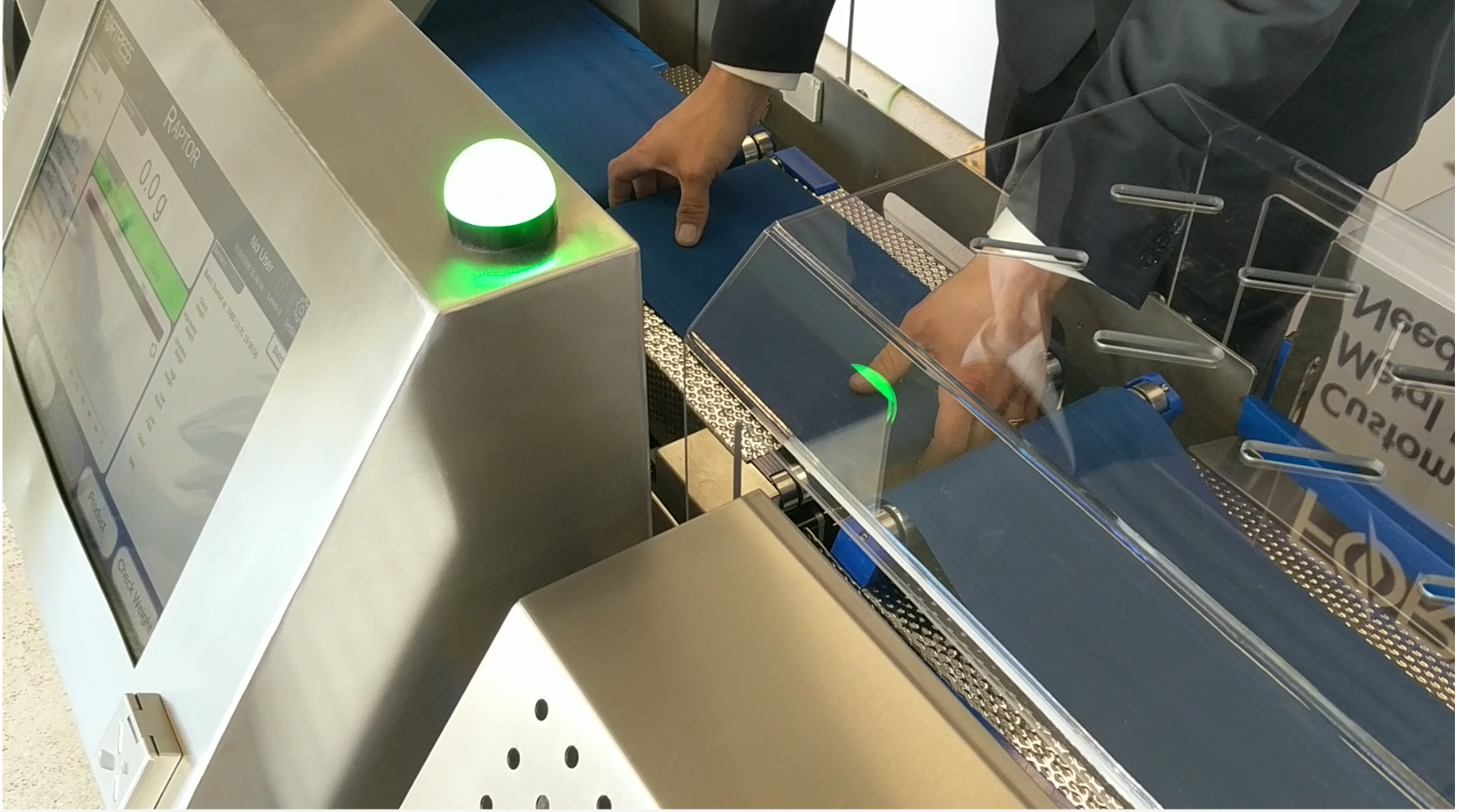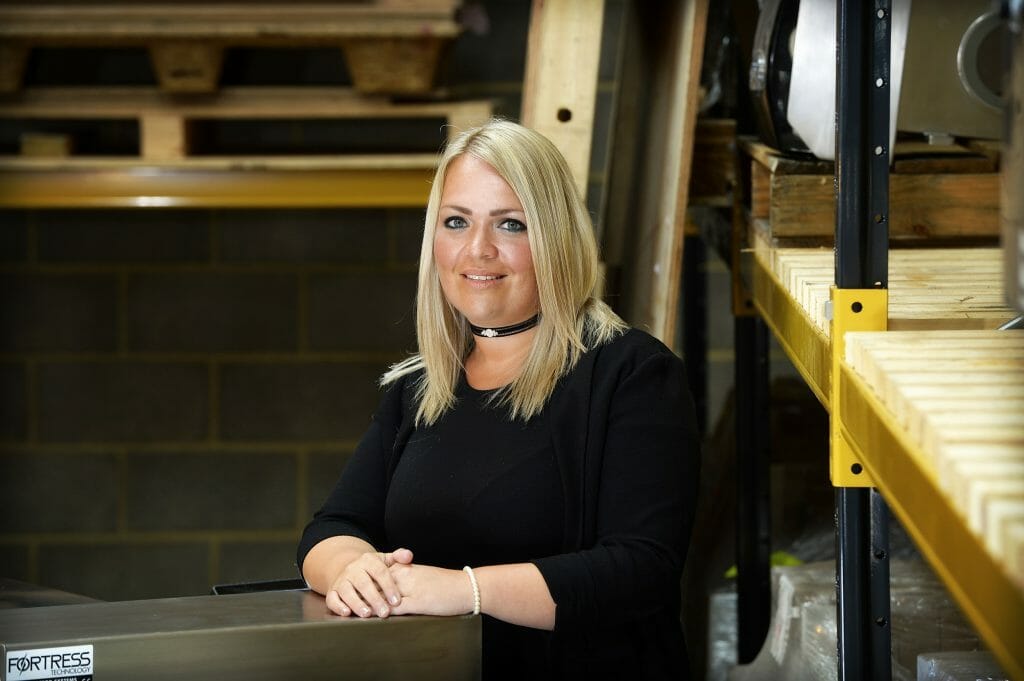From Mrs Hinch’s army of global advocates to thousands of inventive TikTokkers sharing their lockdown ‘tidy tips’, the pandemic has heightened awareness on hygiene compliance and personal responsibility. Contaminant detection specialist Fortress Technology shares simple ways that food factories can instil a healthy sanitation culture and the role that equipment innovation and leadership support plays.
Adhering to best hygiene practices is the one thing that food plants cannot cut corners on. Despite limited time and resources, the pandemic has reinforced the importance of food producers conveying confidence and having robust and proactive HACCP and hygiene protocols in place.
European Commercial Manager Jodie Curry examines the increased health, safety and wellbeing expectations. Including how new regulations, microbiological concerns, allergen control and quality assurance is placing food production sanitation programs under even greater pressure.
Jodie observes: “In many hospitality sectors, the journey has been focused on where possible removing human touchpoints. Yet, cleaning of machinery is not a contactless task. Instead, Fortress has focused on developing smarter designs to enhance hygiene and safety measures.”
This includes eliminating the use of tools on the company’s newest range of food inspection metal detectors and combi systems and introducing an unclippable conveyor to facilitate deeper and faster cleaning by trained operatives.
- Jodie Curry, Commercial Manager at Fortress Technology shares her top 10 food factory hygiene hacks
- Fortress Gravity metal detector now features a quick release retractable reject unit that can be placed on a carriage for fast removal and effective cleaning away from the line
Jodie shares her top 10 efficient housekeeping hacks to help food manufacturers maintain a rigorous cleaning regime:
- Independent audits: There are multiple steps a food manufacture can take to help control the introduction of foreign material into food products. Routine risk assessments and audits help. However, external eyes provide a different perspective. Many of these internationally recognised audits, including those offered by AIB International, follow set standards and provide a complete 360 degree review. Since COVID-19, there are also a number that can be performed virtually and still offer recognised certifications.
- Equipment cleaning: Protocols should be formalised and included in staff training. Every cleaning process needs to be verified and documented. As part of a validation process, regular tests, including swabs of Critical Control Points, should be scheduled to ensure these areas are hygienic and allergen-free.
- New designs: For in-process contaminant inspection equipment, look for smooth, crevice-free contact surfaces on conveyor, pipeline and gravity systems. This is partly to ensure that no traces of product, allergens or bacteria are left, but also to reduce the risk of cleaning agents not being fully rinsed away.
- Digital tools: Many of today’s inspection equipment offer fast remote and secure access. These features, including those present on our new Raptor Metal Detector & Checkweigher Combi system, can be used to minimise physical interactions with machinery and access reports and critical OEE data. Some also facilitate contactless programming to boost efficiency and reduce machine downtime.
- Neat and tidy: No visible power cables helps to maintain an orderly operation and encourage professional housekeeping standards. Fortress also minimises the use of fasters, resulting in fewer places where product residue, water ingress and bacteria can build up and potentially get embedded in pipes, nooks and crannies. Thread-less feet also help manufacturers to maintain hygiene standards in wet and dry production environments.
- Virus transmission: Some evidence suggests that coronavirus could possibly be transmitted via surfaces recently contaminated with viruses. Additionally, even where heat processing is involved, allergens can still survive high temperatures. Making a vigorous enforcement of good hygiene, sanitation, and GMPs vital in all food production areas.
- IP rated: When selecting a system, care should be taken to identify equipment with an ingress protection (IP) rating appropriate to the washdown regime being applied. All casings should be robust enough to withstand the water pressure being applied.
- Easy clean: Product residues, including allergens, can be especially troublesome in gravity metal detection systems for powders and particulates, as well as pipeline systems processing liquids, semi-liquids and slurries. Special attention should be paid to the reject unit. Ideally, this will be detachable (easily detached, but quickly and securely reattached, too) to clean working parts before slotting back into place.
- Lift out conveyor: Fortress recently unveiled introduced its new tight fitting conveyor concept. In just seconds, the conveyor belt is removed, along with its individual components, such as rollers and bearings. Improving line efficiencies, the belt tension and alignment are instantly restored when clipped back into place after maintenance and cleaning.
- No tools needed: Another Fortress time saver, this ‘no tool’ maintenance innovation puts a stop to operatives fiddling with screws, nuts, bolts etc., and having to locate the right tool to perform the job. It also eliminates the risk of losing a part or a screw and accidently contaminating food.
Jodie concludes: “Good housekeeping is ultimately common sense. Most food workers are strong custodians of good hygiene practices. However, given the numerous critical control points in a food manufacturing plant, we advise our customers to regularly and systematically revisit potential hygiene hazards as part of their risk assessment and food safety program







